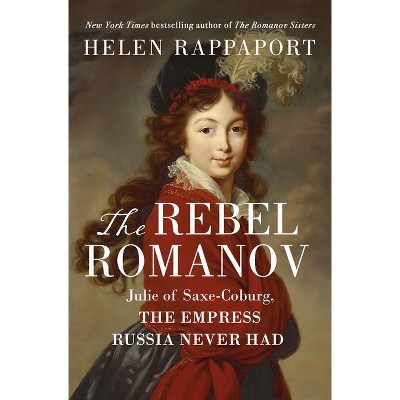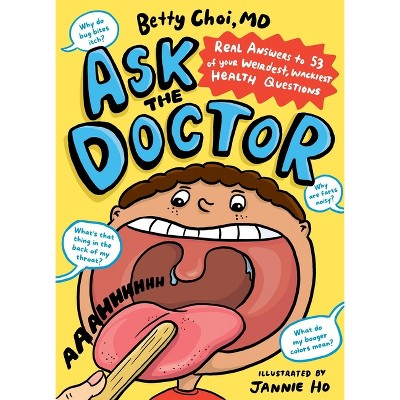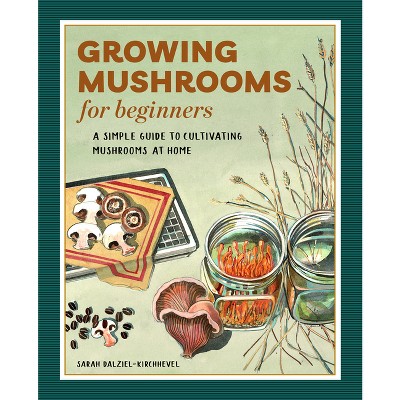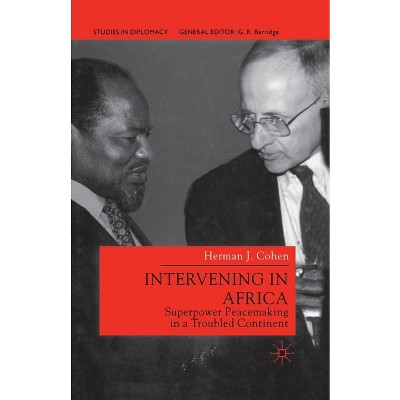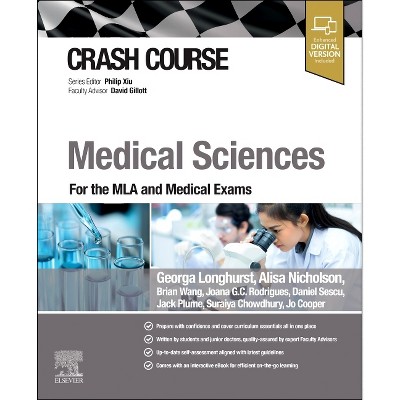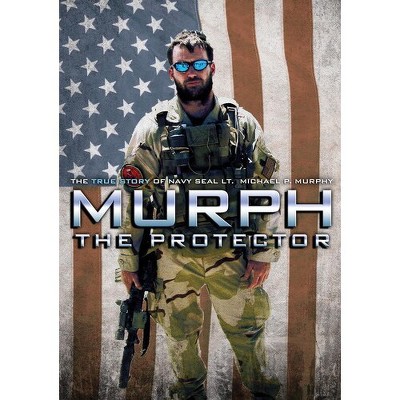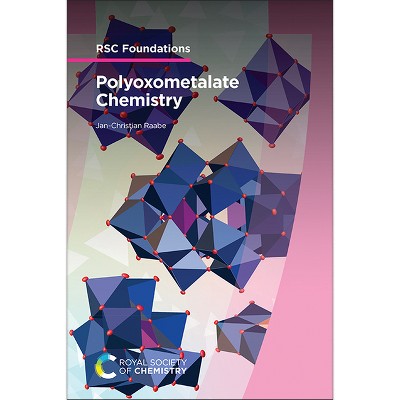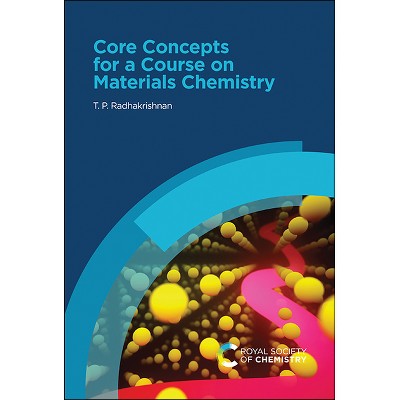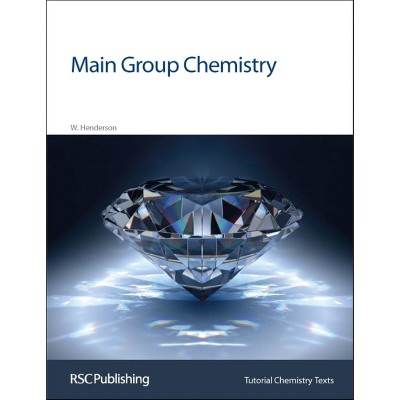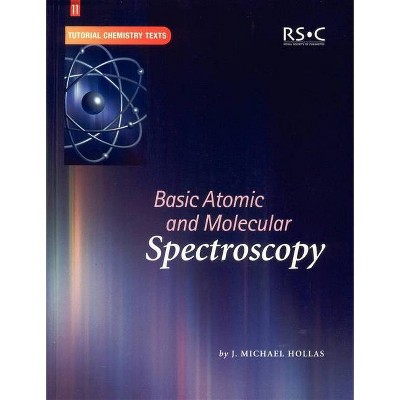Sponsored

Understanding Transition Metal Chemistry - (Chemistry Student Guides) by Sally Boss & Paul Barker & Joshua Field & Andrew Peel (Paperback)
Pre-order
Sponsored
About this item
Highlights
- This book is part of the Chemistry Student Guides series and has been co-authored by lecturers and students from the Universities of Cambridge and Oxford and a structural scientist from the Cambridge Crystallographic Data Centre.
- Author(s): Sally Boss & Paul Barker & Joshua Field & Andrew Peel
- 350 Pages
- Science, Chemistry
- Series Name: Chemistry Student Guides
Description
About the Book
This book in the Chemistry Student Guides series provides a comprehensive grounding in first row transition metal chemistry.
Book Synopsis
This book is part of the Chemistry Student Guides series and has been co-authored by lecturers and students from the Universities of Cambridge and Oxford and a structural scientist from the Cambridge Crystallographic Data Centre. The book provides a comprehensive grounding in first row transition metal chemistry.
Two topics that are central to transition metal chemistry are Coordination Chemistry and Organometallic Chemistry and these are commonly taught separately despite there being extensive overlap and sharing of key concepts. We think this somewhat artificial separation of topics makes it harder to appreciate the key chemical theories which underpin all transition metal chemistry. With that in mind, our aim in writing this book is to provide one text which builds your understanding of the structure, bonding and reactivity of all first-row transition metal compounds. We will introduce you to many of the fundamental principles of transition metal chemistry and explain the models which allow us to rationalise and predict the bonding and reactivity of these species. We hope that our approach will provide a broad perspective on this important segment of the periodic table and ultimately make the chemistry easier to understand.
Exploring the different perspectives of lecturers and students has been a big part of the writing process for this text. The story that we tell reflects this co-authorship. You will see that we adopt a tutorial style; text is interspersed with hints to help with your understanding and gently steer you away from common misconceptions. Additionally, the conceptual models presented are supported through experimental data using structures from the Cambridge Structural Database to give you a sense of the way transition metal compounds look in reality.
We hope the collaborative way that we have written this book makes it easier for you to absorb the ideas we present and to test your knowledge as it develops over the course of reading the chapters.
Good luck! We hope you enjoy getting to know the transition metals and becoming confident in the theories that underpin their chemistry.
Shipping details
Return details
Trending Non-Fiction





